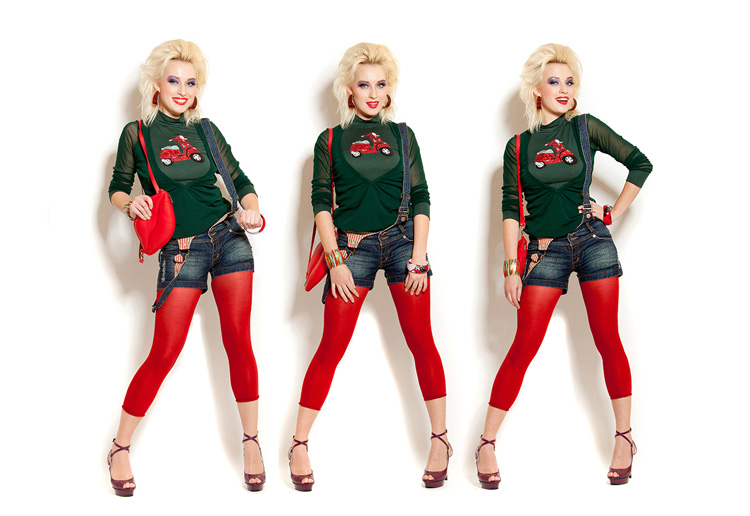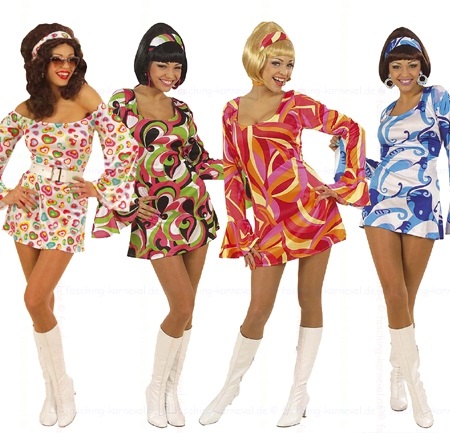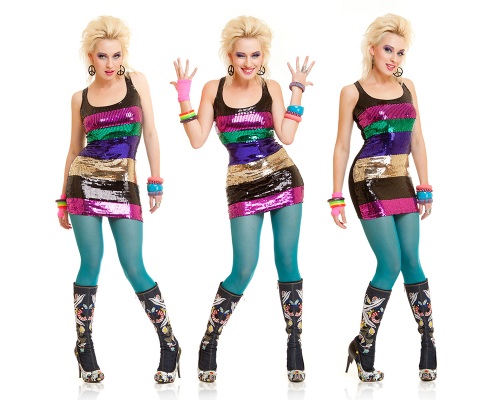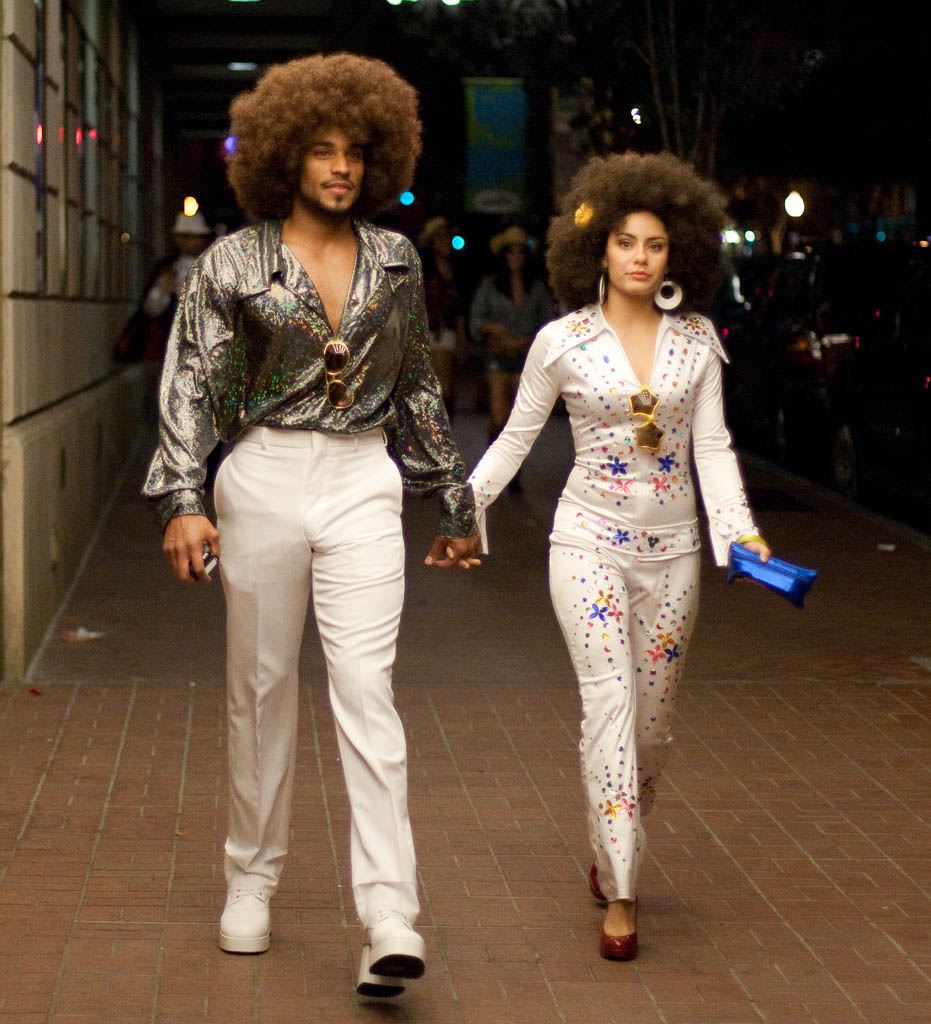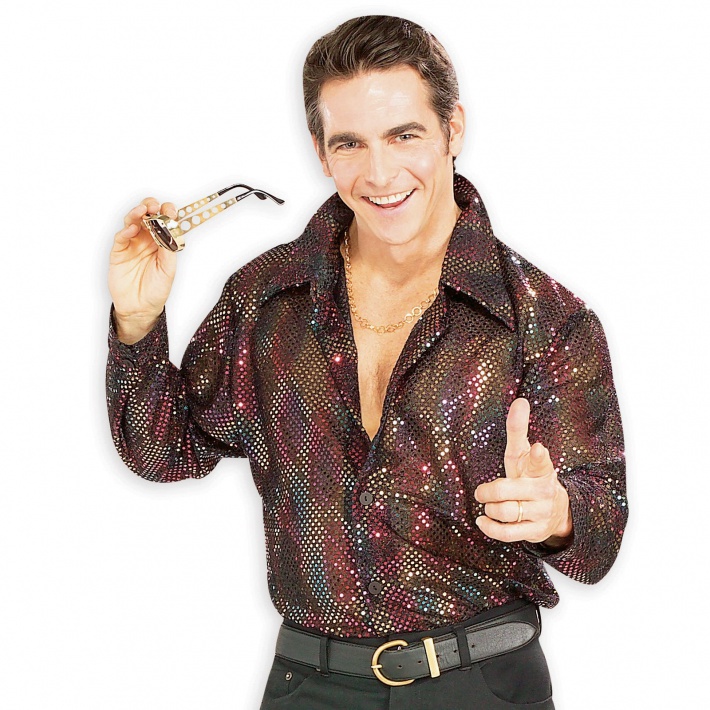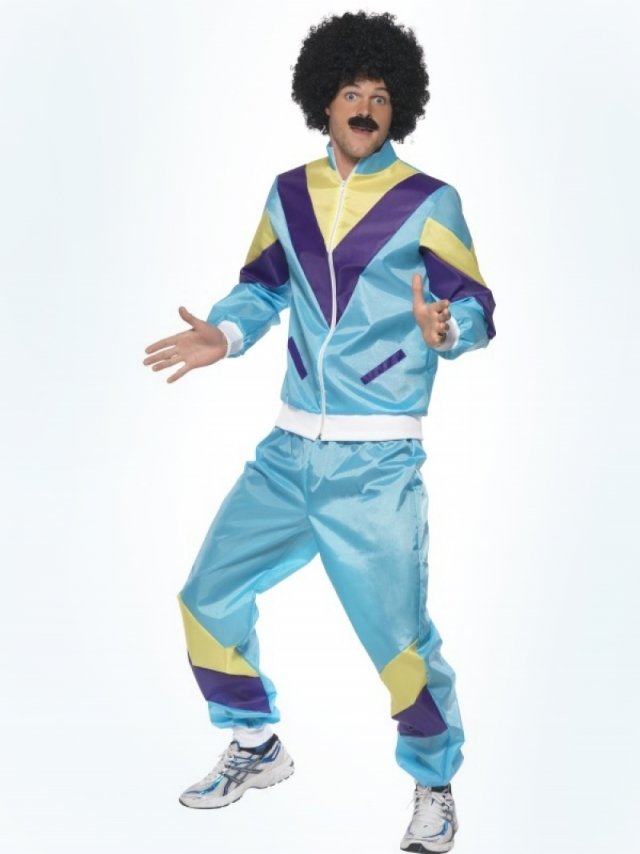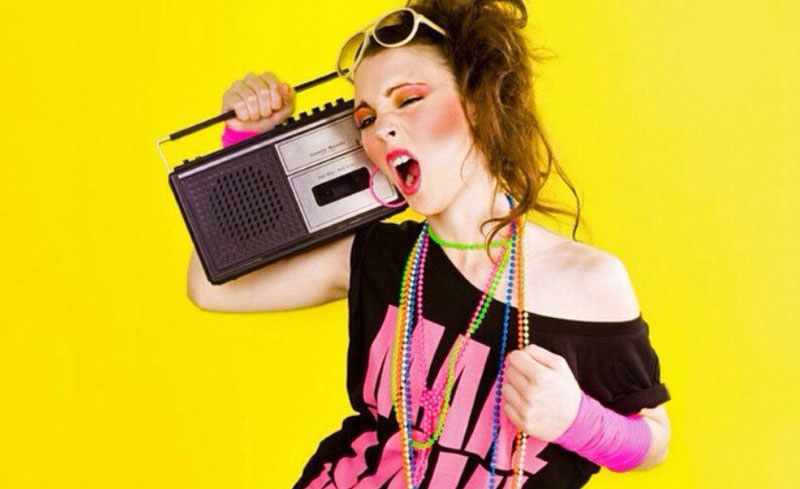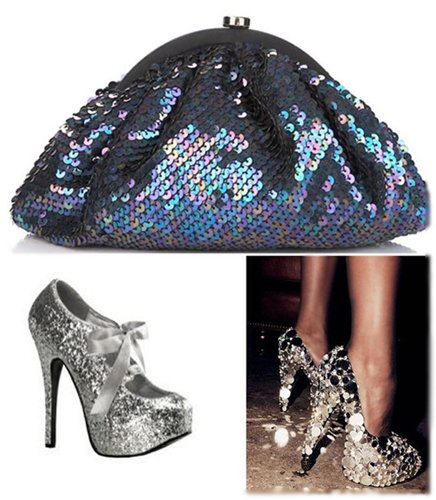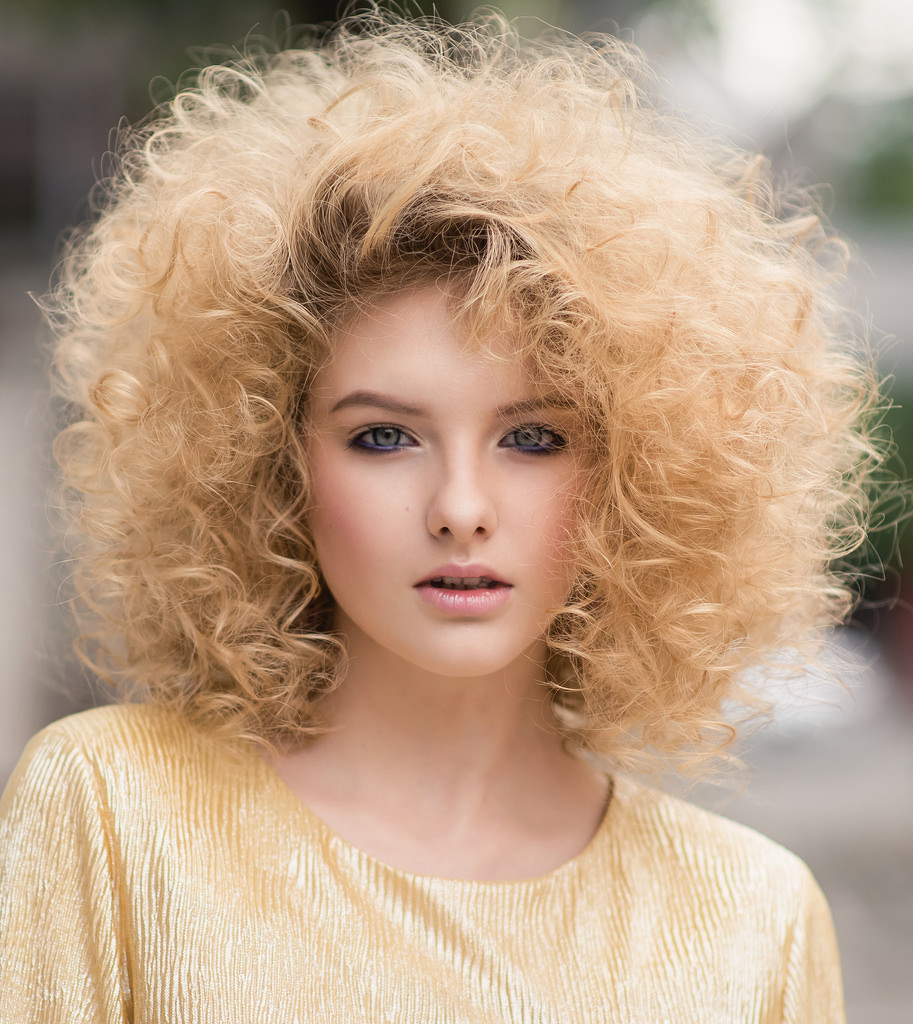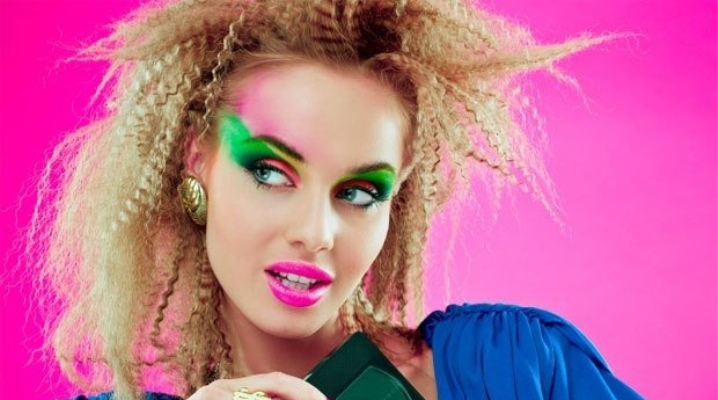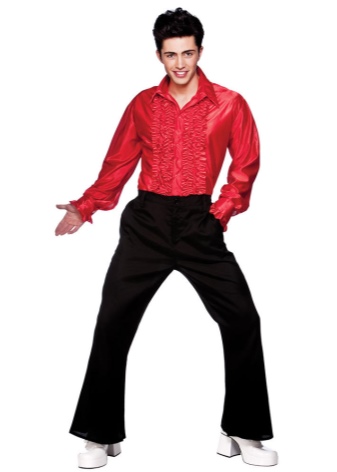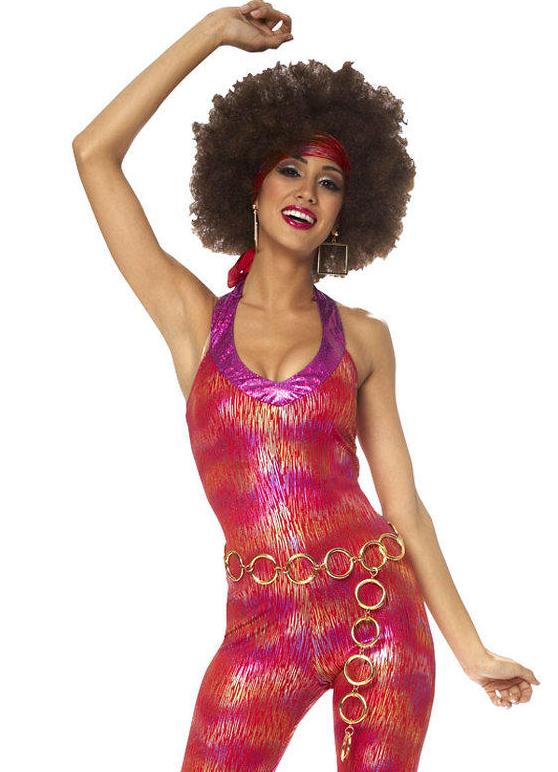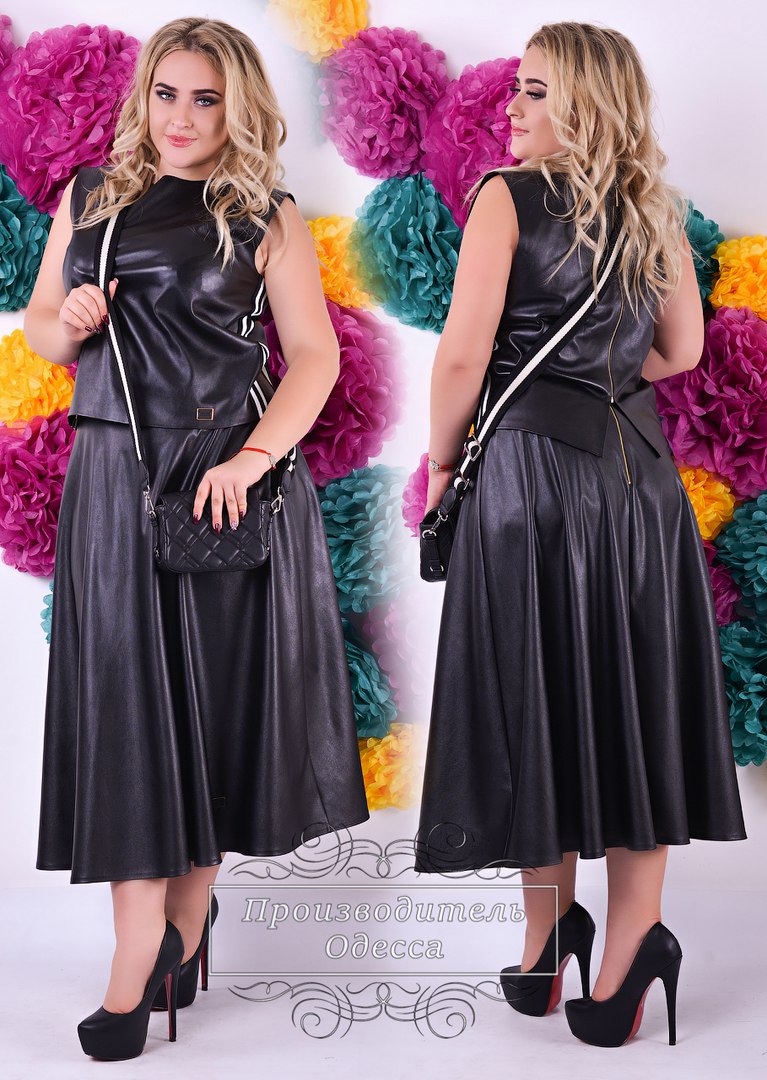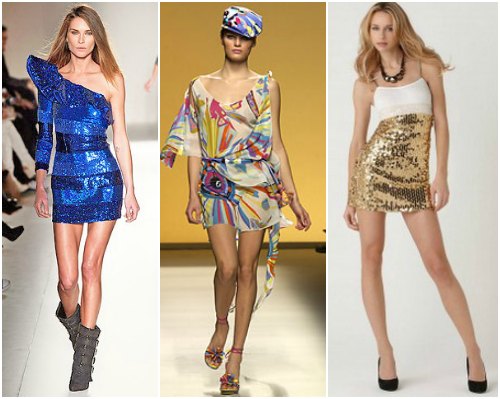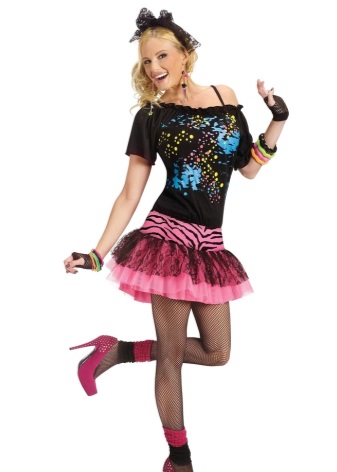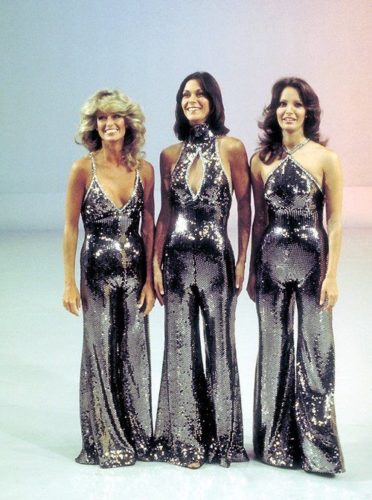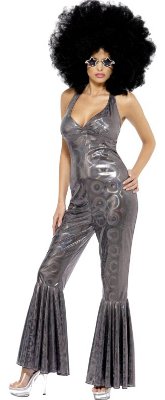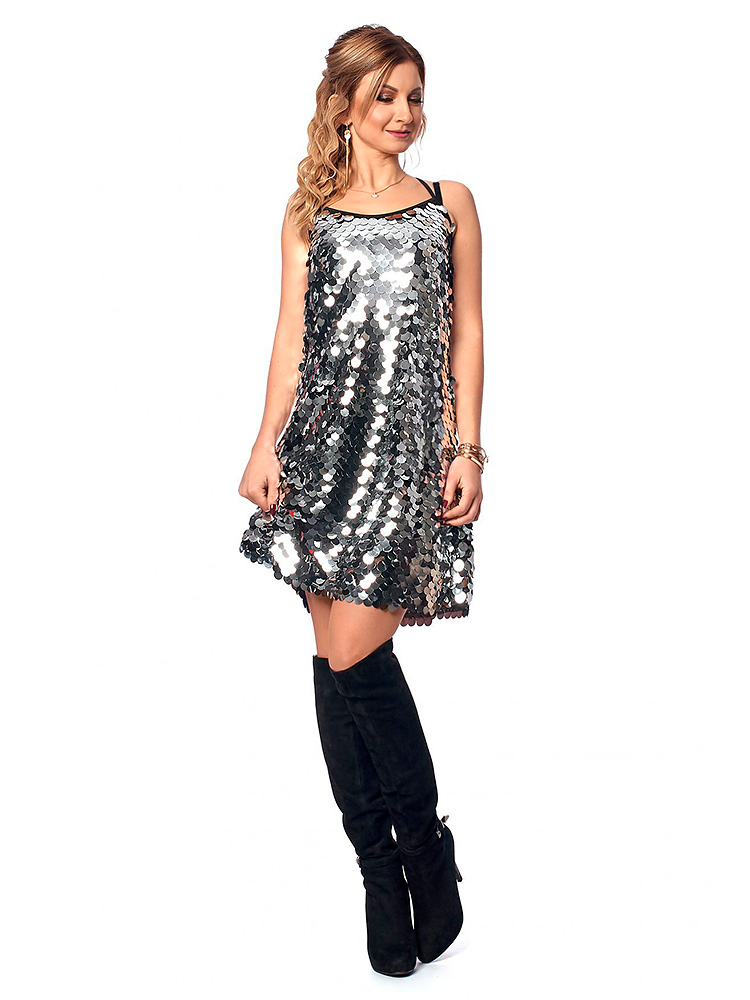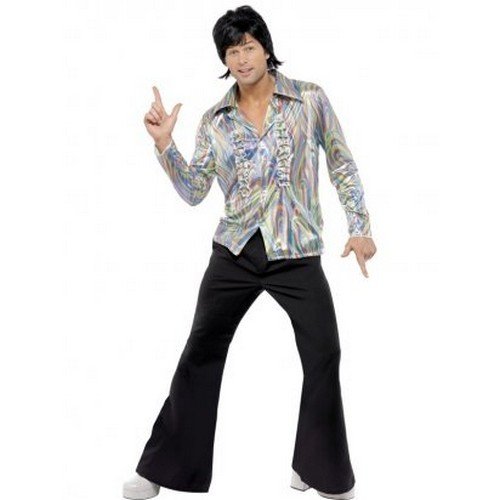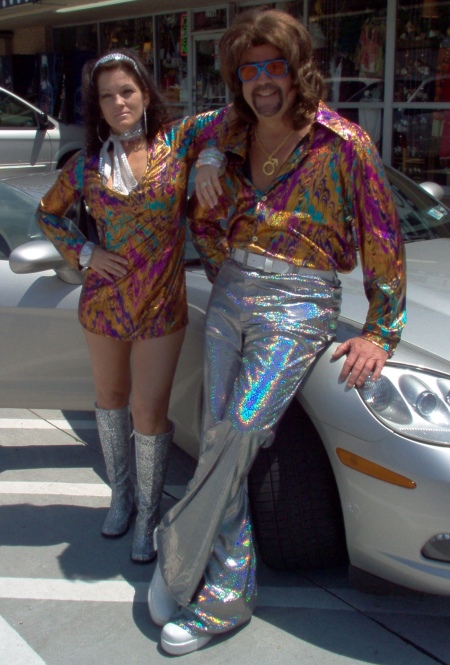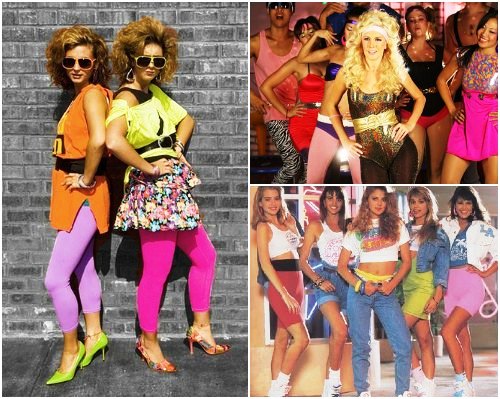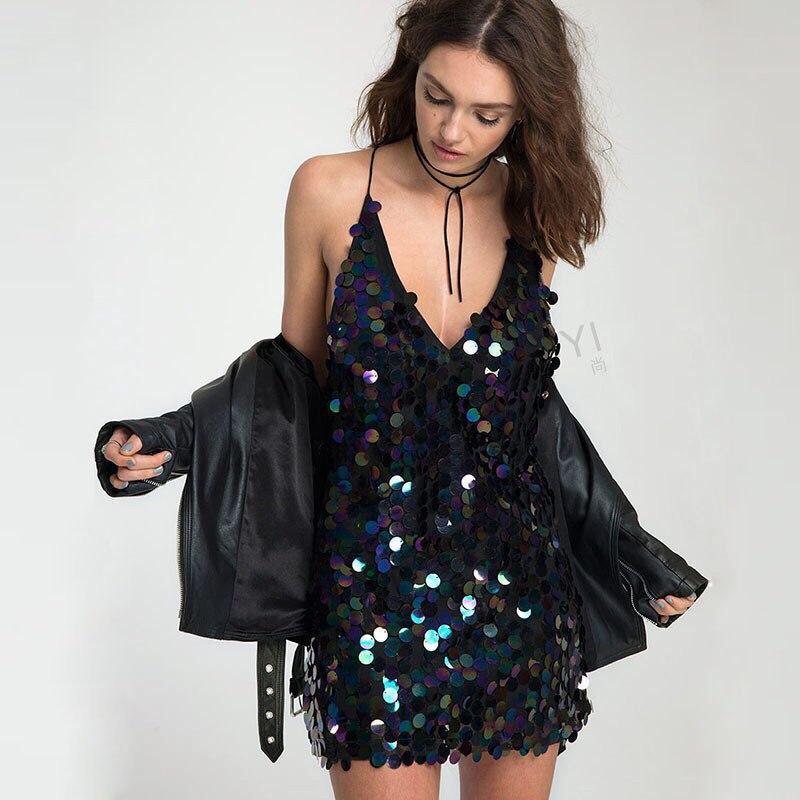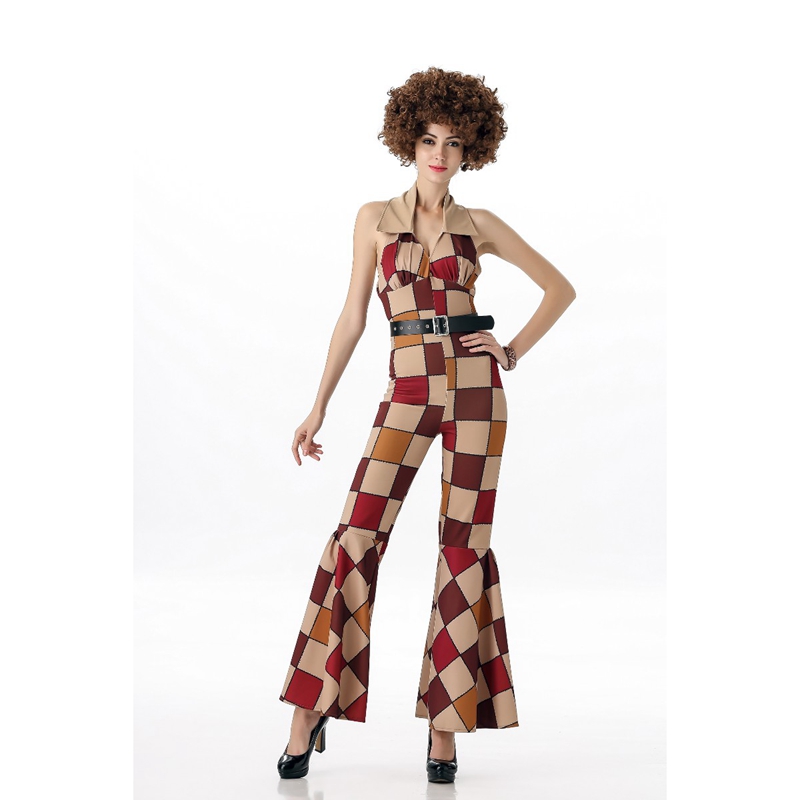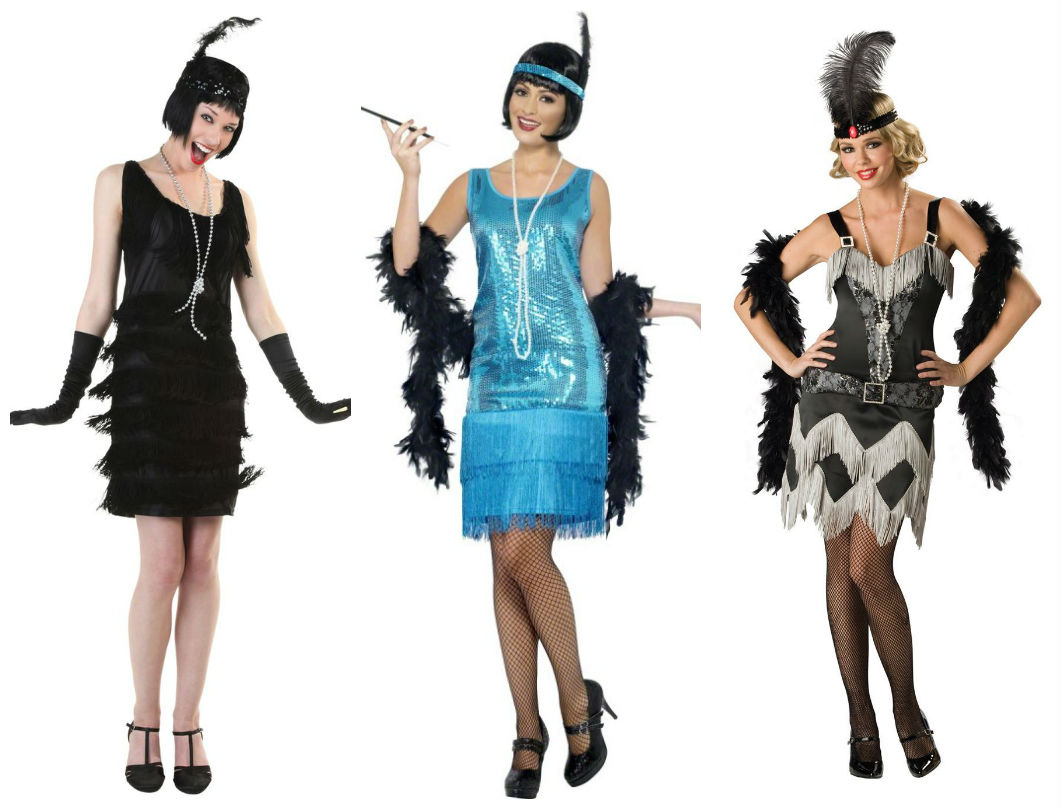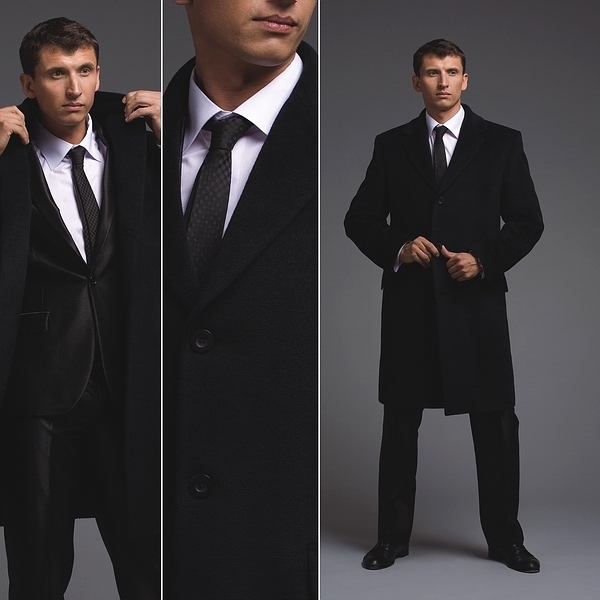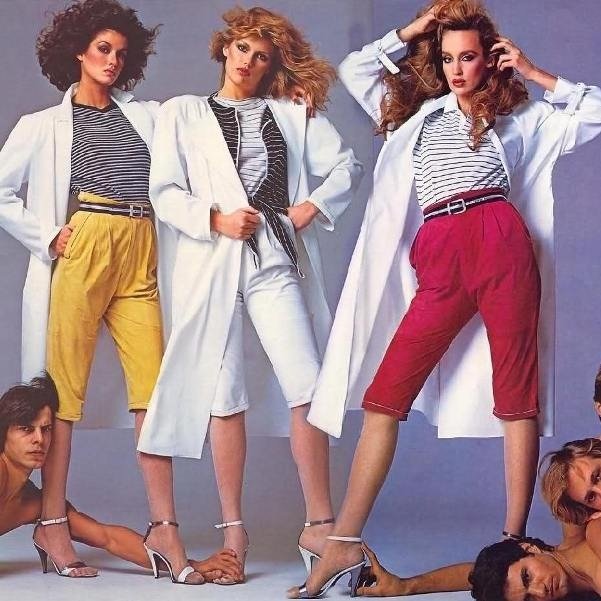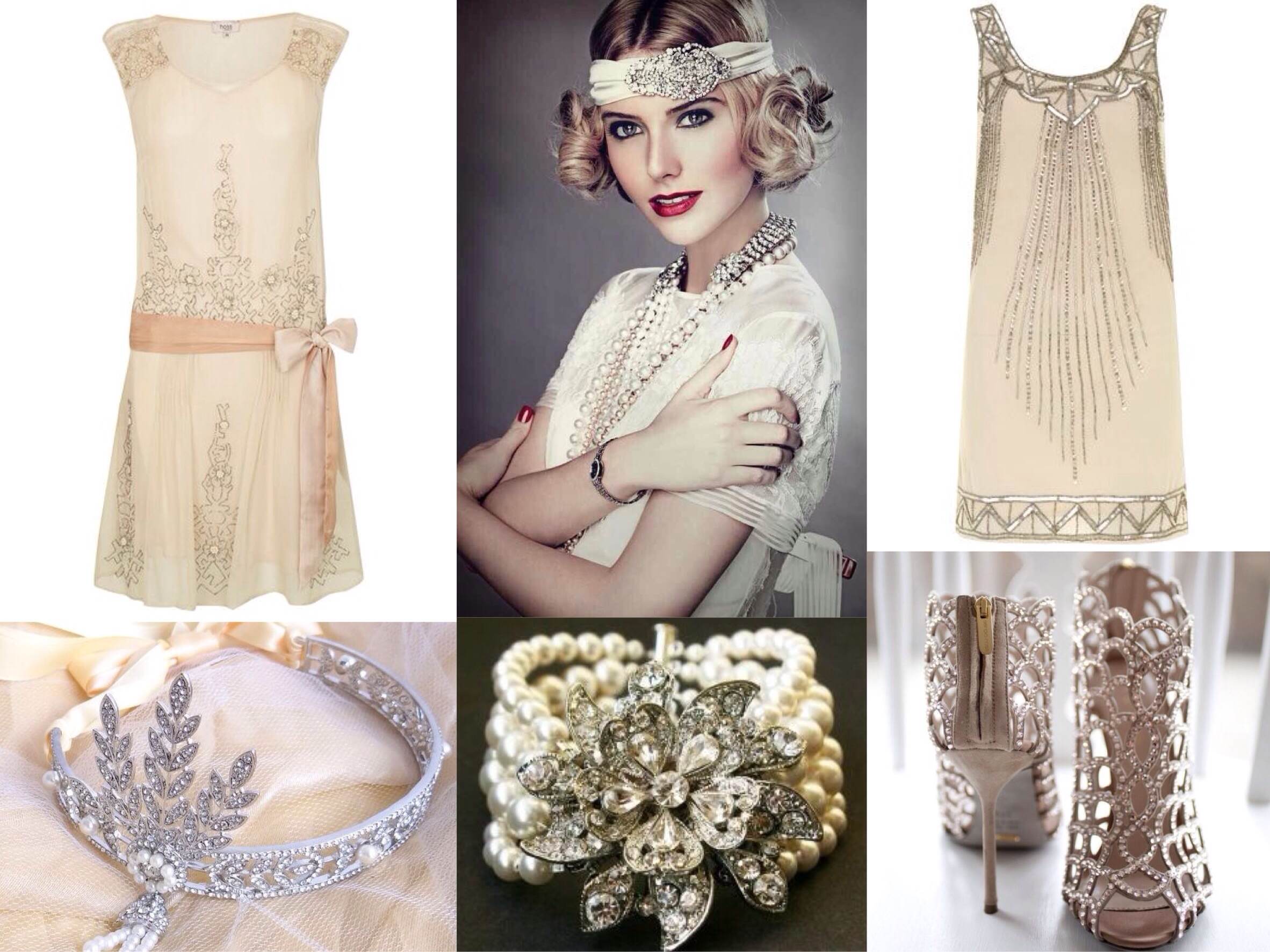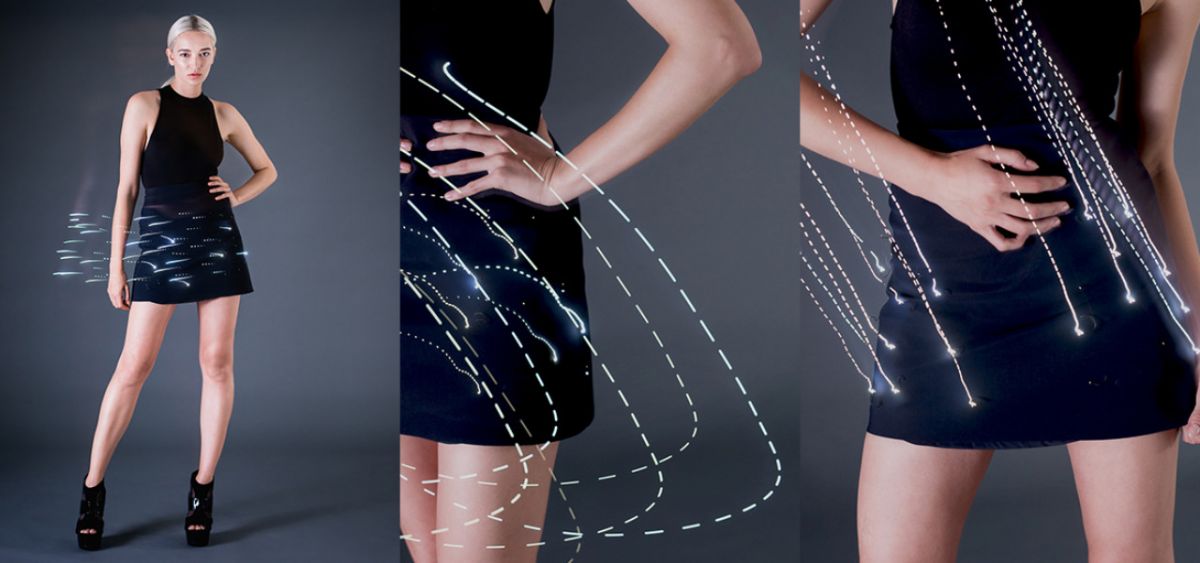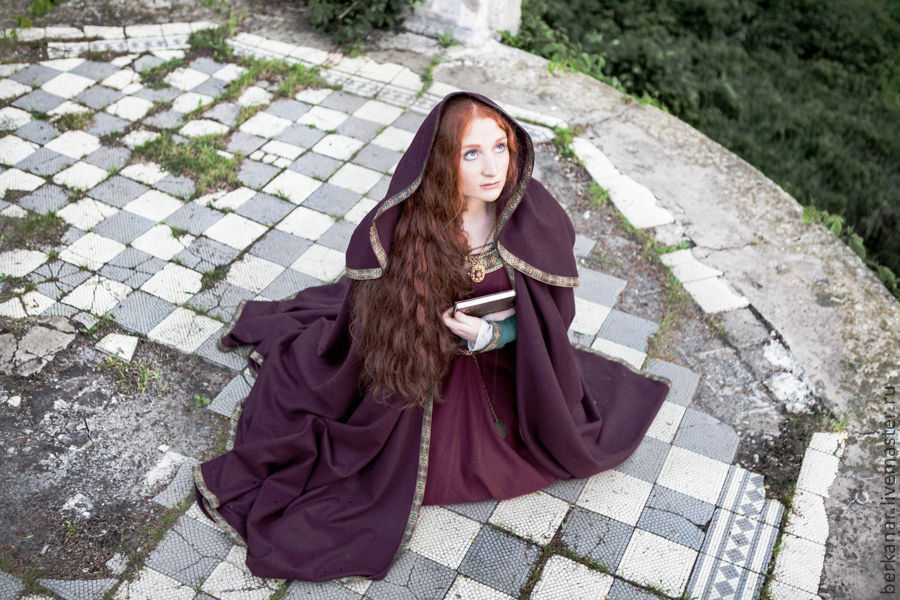The era of popularity of this fashion trend is in the distant past, but individual decorative elements and a typical color palette are still used by many couturiers when creating modern collections. The disco style in clothing arose in the 80s of the last century. Imitating their musical idols, fashionistas of this era began to wear colorful, shiny, tight clothes, high hairstyles that attracted everyone's attention. The groups ABBA, Bee Gees, Boney M and Diana Ross gave birth to a new fashion trend, which was quickly picked up by ordinary people and began to use in everyday life. Curvy shapes went out of fashion, and slender, athletic bodies became the standard of beauty.
Features of style
The disco style in clothing is characterized by such materials as lycra, polyester, shimmering lurex. The most suitable outfit is tight-fitting, sparkling, bright. Neon colors such as lemon, light green, orange, raspberry, as well as fabrics with a metallic effect are in trend. For girls of the eighties, tight knitted tops, mini-skirts, mini-dresses, wide hems to the floor, short tight shorts, overalls, leggings, safari-style dresses made of suede were relevant.
Thanks to the disco style, a fashion for unisex clothing arose - from now on, men were allowed to wear bright, tight T-shirts, jersey shirts, skinny trousers, and women were able to try on men's shirts and overalls. Disco is characterized by flashy, noticeable accessories: huge earrings, many different bracelets worn at the same time, several chains around the neck, large rings, colored sunglasses.
Shoes should definitely match all other details of the clothes. For women, sandals, shoes, boots with high heels or platforms are best, and for summer - bright sandals with many decorative elements. Colored tights, often with lurex, have moved from the category of kitsch to the most fashionable accessories. Semi-transparent tops, satin trousers, tight on the hips, began to be worn by both girls and men.
How to create an image depending on gender
Low-waisted, flared jeans were a must-have for both men and women. They were worn not only to discos, but also in everyday life, the style was complemented with bead embroidery and sequins. In the cool season, jeans were combined with tight turtlenecks. Men's shirts were also worn by both sexes. A tight silhouette and several unbuttoned top buttons were considered a must-have. Such clothes only sat well on thin bodies, so fitness and diets came into fashion.
One or more elements of clothing should be bright, neon, and the rest can remain almost neutral - white, black, silver-gray. The fashion trend for bright colors gave birth to another wave: not only disco-style clothing, hair also began to shimmer in all sorts of shades: from crimson to blue or orange. This became possible after the appearance of sprays with a short coloring effect.
For women
One of the most popular outfits, which was most often seen on the dance floor and terrified fans of strict classics, was a combination of bright leggings, short shorts and a tight top. No less popular were denim sundresses, bright trousers, tight around the hips, but loose from the knees. Going to a disco was the most common entertainment for young people, and fast, rhythmic dances required a special approach to clothing.
The outfits had to be made of elastic materials so as not to restrict movement. The style of clothing for dancing was in many ways reminiscent of sportswear, for example, leggings made of shimmering fabric, wide elastic belts emphasizing the waist, wide T-shirts, often on one shoulder. Such outfits were worn not only in clubs or gyms, but also in everyday life.
Although unisex clothing was incredibly popular, many women still preferred more sophisticated outfits. Miniskirts or minidresses of A-line silhouette, barely covering the hips, became incredibly popular. The materials were cotton, linen, wool, denim, suede. Clothing for disco and clubs was especially bright and shiny.
For men
The ideal of male beauty was considered to be a tall, athletic young man with a thin body constitution. The image of John Travolta from the film "Saturday Night Fever", which was released in the late 70s, became the standard for men. A typical outfit for a fashionista of this era:
- Snow-white suit;
- Flared from the knee;
- Men's dark shirt with unbuttoned buttons and turn-down collar.
To make the look simpler and more casual, a tight turtleneck could replace the shirt. The disco style played an important role in the development of modern men's fashion. With the advent of disco, men's outfits became more relaxed, less formal. From now on, it became clear that even in a suit you can look casual, free, and easy. The silhouette of jackets acquired smoother lines and broad shoulders with shoulder pads.
In the early 80s, young designer Giorgio Armani created a collection of silver-gray men's suits, satin shirts, and unusually loose ties. The creation met with dizzying success in America and Europe, making Armani instantly famous. The men's suits did not strive to look discreet:
- The jackets were complemented with flared jeans;
- Strict business attire - with colored silk ties;
- Bright silk shirts were worn with more subdued items.
We place accents with accessories
Disco-style women's clothing is characterized by several iconic accessories. First of all, these are massive earrings made of simple, non-precious materials. They were often worn in combination with bright clothes or regular everyday suits to give the outfit individuality. Another important element is an elastic hairband. It was often worn not only to remove hair from the forehead, but also as an additional decoration. Usually, such a band was made of the same material as the main outfit, or another fabric similar in color and texture.
A popular summer accessory was a set of many thin bracelets made of silver or gold material, with various notches and neat patterns. They were worn all at once so that the thin metal shimmered and jingled as you walked. Large, colorful plastic rings also became fashionable during this period.
Hairstyles and Makeup
Looking at photos from the 80s, it becomes clear that modesty and restraint were not in fashion. Incredibly bright, flashy makeup was at the peak of popularity, and natural, organic colors remained unclaimed for a long time. Girls of that era preferred eyeshadow in violet, light blue, blue, green shades, boldly combining them with raspberry or orange lipstick, coral blush, colored mascara. Nails were painted in the same rich colors, and the shades of manicure and makeup could be any, color harmony was considered optional.
The basis of the style was a play of contrasts. Combinations of several colors in clothes, accessories, and makeup were the norm. Girls boldly combined orange trousers with a green tunic, complementing the look with makeup in lilac tones. Accessories could match the outfit in color and texture, but could be completely dissonant with the overall look. Both women's and men's hairstyles were distinguished by incredible volume. To achieve the desired effect, fashionistas preferred to do a bouffant and then fix the hair with hairspray.
Popular music and disco of the 80s gave birth to unusual trends that influenced the further development of fashion in general. Tight, bright, shiny outfits became available for both women and men. The harmony of colors could also be ignored, so that nothing prevented the flight of fancy of designers and fashionistas.
Video
Photo

